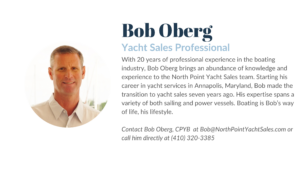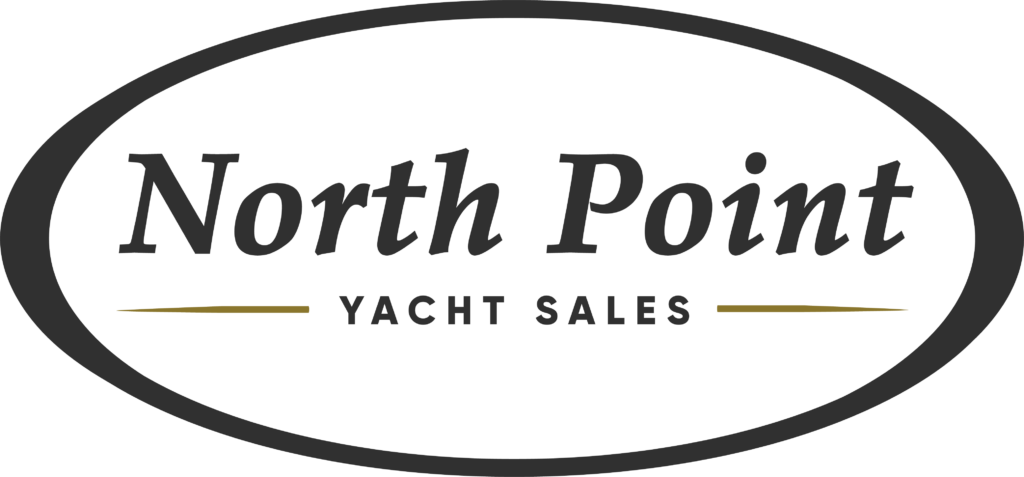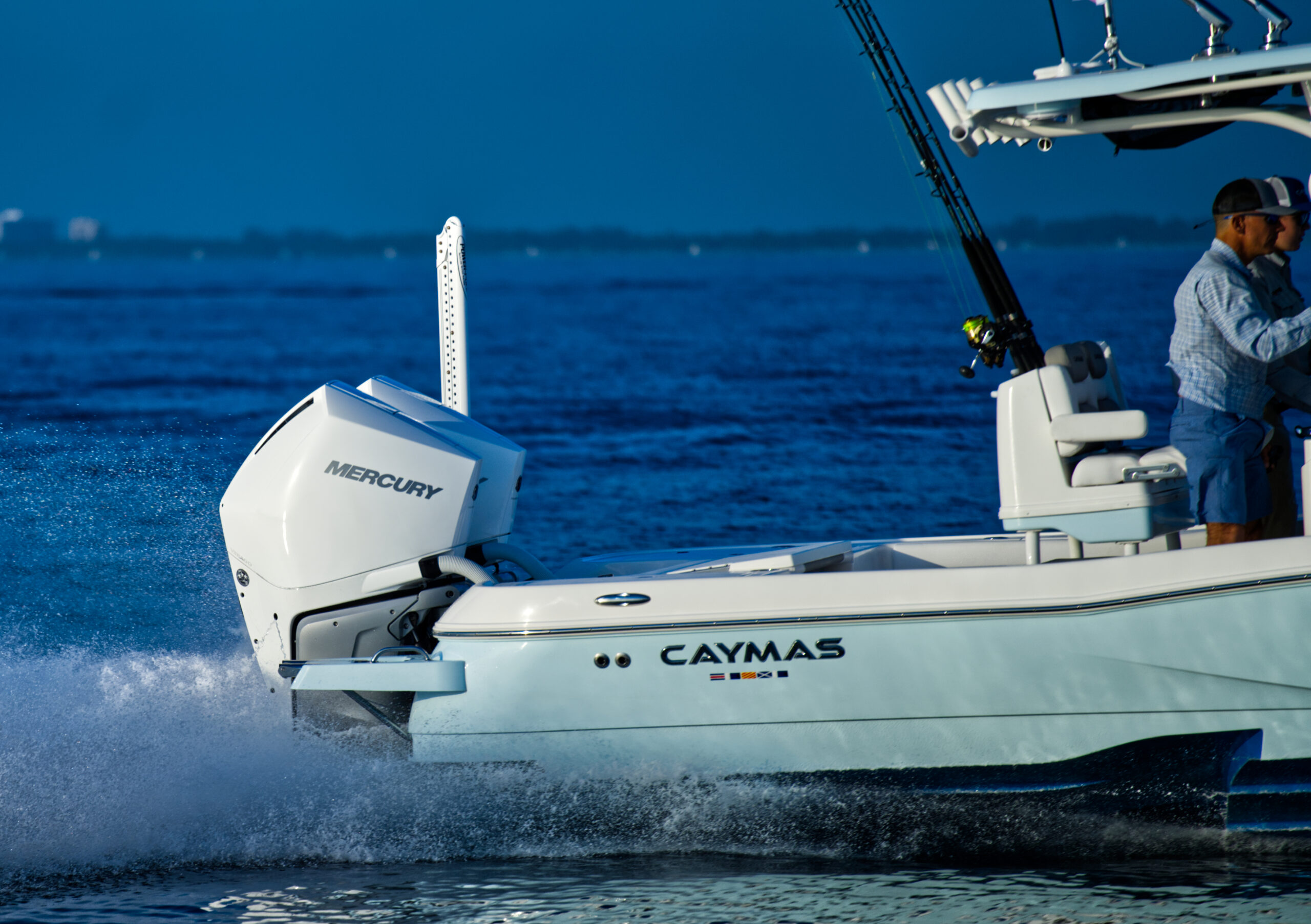If you have spent any time running an outboard engine boat, you have probably noticed two trim options that can radically change the ride quality of your boat. The first one you will most likely engage with is engine trim. If you trailer your boat, you will most likely raise the engine when on the trailer and lower it when you put it in the water. But, did you know that button on the throttle can do a lot more to help improve ride quality, speed, and fuel efficiency? As you go through various speeds, the boats angle to the water changes. At slow speeds the boat is very flat. As you get on plane the bow can rise a fair bit and once you get on plane the boat will be at a lesser angle than taking off and settles into an angle in between flat and getting on plane.
The object of trimming the engine either up or down is to get the prop to run parallel to the water surface. This way the prop is pushing straight forward and neither up or down. One of the issues with a shaft boat is that the prop is connected to a shaft at an angle. So, the prop is never facing parallel with the water. And in essence can lose up to 25% of the power trying to push the boat up instead of forward.
So, what does this mean for an outboard boat? With proper engine trim you can get 100% of the engine power pushing forward and not wasted trying to push the boat up. This means better fuel efficiency at any speed when you have the engine trimmed properly. So, how do you achieve this? Newer engines can be automatically adjusted to an angle that is pre-programmed into the engine electronics depending on speed. This may be done on a manufacturer’s level or can be programmed through the digital engine panel. The digital engine panel can display your engine tilt on the display as a number and this is a great way to achieve consistency without having to guess at it every time. For example, on my Caymas 28 HB I found that the optimal engine position for most conditions is between 19 and 21 on the engine gauge while running on plane. At slow speeds I will run at 0 to 5 as the boat is flat in the water and that keeps the prop facing forward.
Now every boat will run a little differently and the numbers for you boat will probably be different. This is where trial and error can benefit. The best way to do this is to get your boat running at a given RPM and slowly move the trim up or down by one or two steps at a time and see what it does to speed and fuel efficiency. You will see speed increase or decrease with the engine at the same RPM. Obviously better speed at the same RPM is what you are looking for.
The second trim option are the trim tabs. There are a couple of different types of trim tabs. Most common are flat plates at the transom of the boat that run parallel to the boat bottom and when engaged will push the bow down. There are now some more sophisticated systems with a small blade like appendage at the transom that lowers to create the same effect.
So, what is different from engine trim? While engine trim effects the angle of the propeller, the trim tabs effect the level of the boat itself using the tabs to push the bow down. Every boat runs differently and so every boat will use the tabs more, or less aggressively. Boats that have are harder time getting on plane can use the tabs to help the boat get on plane quicker. It will put the bow down and get the running surface to work as intended by the designer and not plow through the water trying to get on plane. Usually once on plane, you can reduce the trim to improve speed and efficiency. Once at your intended speed you may not use any tab, or you may find that a bar or two on the display will have the boat running better in most conditions. Tabs can also be used individually (port and starboard) to keep the boat running flat from side to side. Most often this is caused by passengers or equipment that is loaded heavier on one side or the other. Sometimes a boat has a natural list that can be solved with the tabs, although that is rare.
Just like the engine trim, there are options for automatic trim tab systems. This can be an auto-trim function which has been around for awhile or it could be a newer system like the Seakeeper Ride system which they market as Seakeeper Gyro technology while at speed. This system can make hundreds of adjustments a minute to counteract pitch, roll and yaw. Volvo has a similar product, the Volvo Interceptor trim tabs with Active Ride Control. Both systems run automatically, so there is nothing you must do to get the best ride.
In summary, both systems when used properly together will improve the speed, fuel efficiency and comfort of you and your passengers. One of the great things I enjoy about boating is that there is always something new and exciting to learn about. I hope that this article will help you get the best performance and comfort out of your outboard boat the next time you are on the water.


